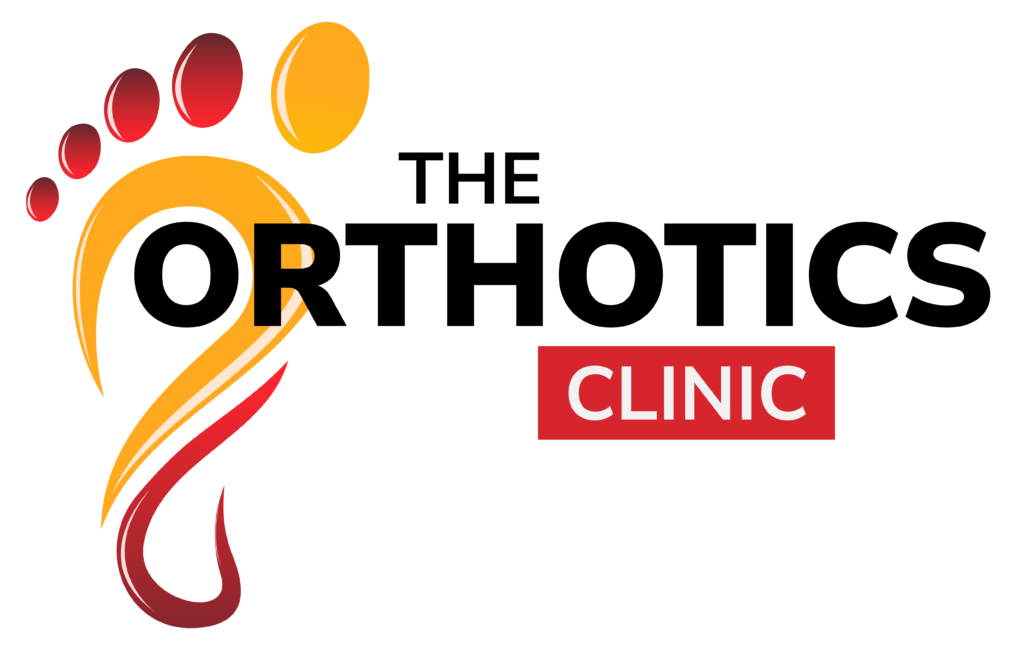What is Flat Feet in children?
Flat feet, also known as pes planus or fallen arches, is a common condition in children where the arch of the foot appears to be flattened. This is normal in babies and toddlers, as arches typically develop between ages 3-5. Most children outgrow flat feet by age 7-8, but some may retain this foot shape into adulthood.

Key points
- Flat feet are common and often painless in children
- Most cases resolve naturally as the child grows
- Treatment is usually unnecessary for asymptomatic flat feet
- If pain or discomfort occurs, custom orthotics may help
- Supportive footwear is recommended for all children
Symptoms
In most cases, flat feet in children are asymptomatic, meaning they don't cause any noticeable symptoms beyond the appearance of the foot.
However, some children with flat feet may experience:
Foot pain, particularly in the heel or arch area
Ankle swelling
Low mobility of the foot moving up, down and side-to-side
Foot pain when wearing shoes
Poor balance or poor stamina in walking
Pain that increases with activity
An awkward walk or changes to their gait
Pain in the lower extremities, between the knee and foot
A noticeable tilt to the heel
Avoidance of physical activity

Orthotic Treatment
At The Orthotics Clinic, we assess each child individually to determine if intervention is necessary. Our goal is to ensure comfort and proper foot function, supporting your child's natural development and mobility. If you have concerns about your child's feet, we're here to provide expert guidance and customised solutions when needed.
Our approach includes
Custom Orthotics
We create personalised foot orthoses tailored to your child's unique foot structure. These devices provide arch support, enhance foot alignment, and reduce strain on muscles and ligaments.
Comprehensive Assessment
We evaluate each child's specific condition, considering factors like age, symptoms, and foot flexibility before recommending treatment.
Remember, not all children with flat feet require treatment. We'll work closely with you to determine if orthotic intervention is necessary for your child's specific case.
Benefits of our orthotic treatment
- Improved gait and balance
- Reduced foot pain and fatigue
- Enhanced overall foot function
- Prevention of potential future foot issues
Frequently Asked Questions.
Custom orthotics cannot cure flat feet in children, but they can help manage symptoms, especially in those experiencing pain.
Benefits from custom orthotic treatment in children can typically be noticed within a few days to a couple of months. Initial improvements in pain and comfort often occur within 2-3 months, while more significant changes in gait and balance may take 6-12 months of consistent use. Individual responses can vary, so regular check-ups are important to monitor progress and make adjustments as needed. At The Orthotics Clinic, we encourage patience and consistent use to achieve the best results.
Custom orthotics for children should typically be replaced every 6 to 12 months, depending on growth. Regular check-ups every 6 months are recommended to assess fit and function. Orthotics should be replaced when the child grows 2 shoe sizes or shows signs of discomfort. At The Orthotics Clinic, we are happy to work with you to monitor your child’s progress to ensure they receive the proper support as they grow.
- Removable Insoles: Allows for easy replacement with custom orthotics.
- Roomy Toe Box: Provides space for toes and orthotics without cramping.
- Wide Width Options: Ensures a comfortable fit for the foot and orthotic.
- Strong Heel Counter: Supports the heel and maintains stability.
- Midfoot Stiffness: Prevents bending under the arch for better support.
- Flexible Forefoot: Allows for natural movement at the front of the foot.
- Deep Heel Cup: Keeps the foot secure and minimizes slipping.
- Adequate Cushioning: Enhances comfort and shock absorption.
- Breathable Materials: Promotes foot health by reducing moisture buildup.
- Adjustable Closure: Laces or straps for a customizable fit.
